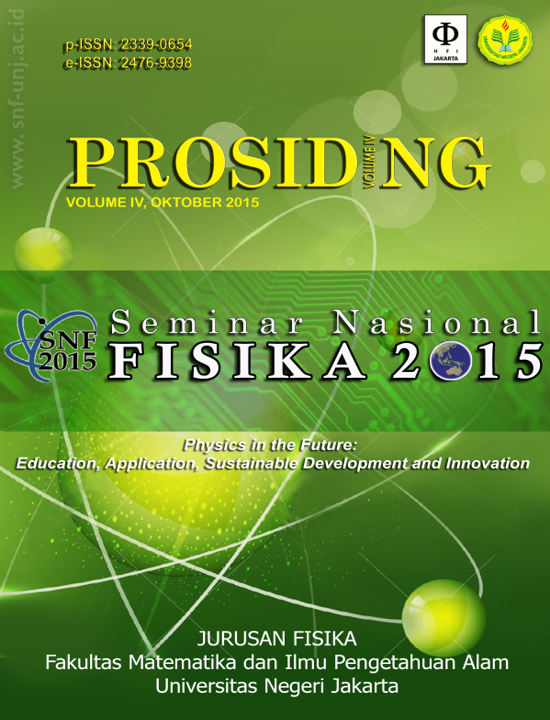INVESTIGASI REMBESAN LIMBAH CAIR MENGGUNAKAN METODE GEOLISTRIK RESISTIVITAS: STUDI KASUS TPA SUMOMPO, MANADO
Abstract
The infiltration of liquid waste or landfill leachate around Sumompo Landfill Site, Manado, has been investigated using geoelectrical resistivity method. Data has obtained by using dipole-dipole configuration at a distance of 50 m, 100 m, and 250 m from the leachate pond. Results showed that there are distributions of zones with low value of resistivity at the depth of 2.5 to 10 m. This indicates that there has been infiltration as well as accumulation of leachate below the surface around the Sumompo landfill site, especially on the track 1. The low resistivity zones below the track 2 and 3 is strongly estimated as surface ground water that potentially contaminated by leachate.
Keywords: Geoelectrical resistivity, liquid waste, Sumompo Landfill Site.





